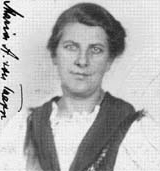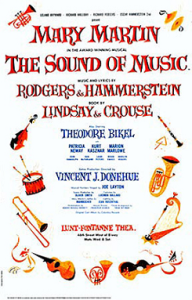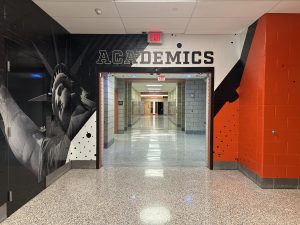In most English classes, there is a point in which many teachers will lecture about art and its relation to society. In fact, many paintings are created with the purpose of portraying the style of life at a particular point in history.
That being said, English teacher Mr. Youngs, who was recently elected to serve on the Carnegie International’s 2013 Teacher Advisory Board, openly advocates this in his daily life through the organization of field trips to the Carnegie Museum of Art and his classroom curriculum. He believes exposing students to fine art is immensely important.
Youngs said: “It is easier to develop analytical skills through visual art and then transfer those skills to analyze literature. Techniques in painting can be compared to an author and his use of literary devices.”
Youngs strived to be a member of this board for many years after he was involved in 2008 when he worked with the board to create activities, make lesson plans, and focus on student blogging.
The board’s job is a vigorous yet simple one. They meet to develop ideas for school visits to the exhibit and other educational material online for teachers to use in conjunction with their trip to the Carnegie Museum.
In order to be nominated one must submit a lengthy application. Teachers from all over the area are invited by the Education Department of the museum to a meeting, and then those teachers who wish to become a member must complete the application.
The Carnegie International is one of those hidden treasures in Pittsburgh that not many people appreciate. People from all corners of the world come to see what the most contemporary artists have to offer in today’s world. It essentially gives the city a selection of the best artists in the world and the works they are producing.
Many of the artworks on display are a portrayal of the world as we know it.











